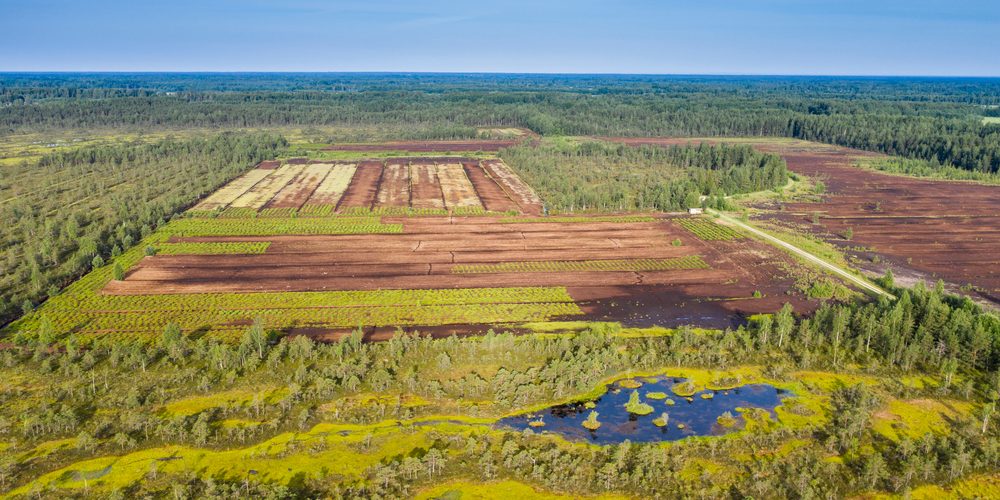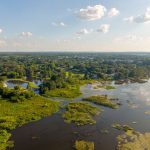Mitigation Banking Regulation Updates: What You Need to Know for 2024
As we step into 2024, it’s crucial for stakeholders in the environmental and development sectors to stay updated on the latest changes in Florida’s mitigation banking regulations. The Florida Department of Environmental Protection (DEP) has proposed several updates to Chapter 62-342 of the Florida Administrative Code, which governs the establishment and management of mitigation banks. These updates aim to refine the rules and ensure more robust protection and restoration of Florida’s wetlands and ecosystems.
In this blog, we’ll walk you through the key updates and what they mean for mitigation bankers, developers, and landowners.
1. Refined Definitions and Phases of Mitigation Banking
The updated rules introduce more precise definitions that clarify the phases of mitigation banking, including the Bank Construction Phase, Bank Operational Phase, and Bank Perpetual Phase. Each phase now has a clear start and end point, ensuring that responsibilities are well-defined. For example, the Bank Construction Phase includes everything from initial earth-moving activities to the installation of native plants, ending with the Agency’s acceptance of the As-Built Certification.
2. Enhanced Criteria for Establishing Mitigation Credits
One of the significant changes is in how Mitigation Credits are established. The DEP will now assign credits based on an enhanced evaluation of the ecological value resulting from activities such as restoration, enhancement, or preservation. Factors considered include the bank’s proximity to ecologically significant areas, the quality of habitat restoration, and the long-term sustainability of the improvements.
3. Expanded Mitigation Service Areas
The rules now allow for greater flexibility in defining Mitigation Service Areas (MSA). In cases where a mitigation bank provides exceptional ecological value, the MSA can extend beyond its regional watershed, allowing credits to offset impacts in a larger geographic area. This change encourages the development of high-quality mitigation banks that can serve broader environmental needs.
4. Stricter Land Use Restrictions and Perpetual Protection
Before any credits can be released, mitigation banks must now meet stricter land use restrictions. The rules emphasize perpetual protection, requiring the conveyance of either a fee interest to the state or a conservation easement to both the DEP and the relevant Water Management District. This ensures that the ecological value provided by the mitigation bank is preserved indefinitely.
5. Updated Financial Responsibility Requirements
The DEP has also revised the financial responsibility requirements for mitigation banks. Non-governmental bankers must now provide proof of financial responsibility for each phase of the mitigation bank, including construction, operation, and perpetual management. The updates introduce more detailed provisions for financial mechanisms such as surety bonds, irrevocable letters of credit, and trust funds, ensuring that mitigation banks are financially equipped to meet their long-term obligations.
These updates to Chapter 62-342 reflect Florida’s ongoing commitment to preserving its natural ecosystems while supporting sustainable development. For those involved in mitigation banking, staying informed and compliant with these changes is essential to ensure both environmental and financial success.
At Mitigation Banking Inc., we are dedicated to guiding our clients through these regulatory updates, helping them navigate the complexities of mitigation banking with confidence. If you have any questions about how these changes may impact your projects or need assistance with compliance, don’t hesitate to contact us.
Ready to ensure your mitigation bank meets the latest regulatory standards? Contact Mitigation Banking Inc. today to learn more about our services and how we can help you stay ahead in 2024.






